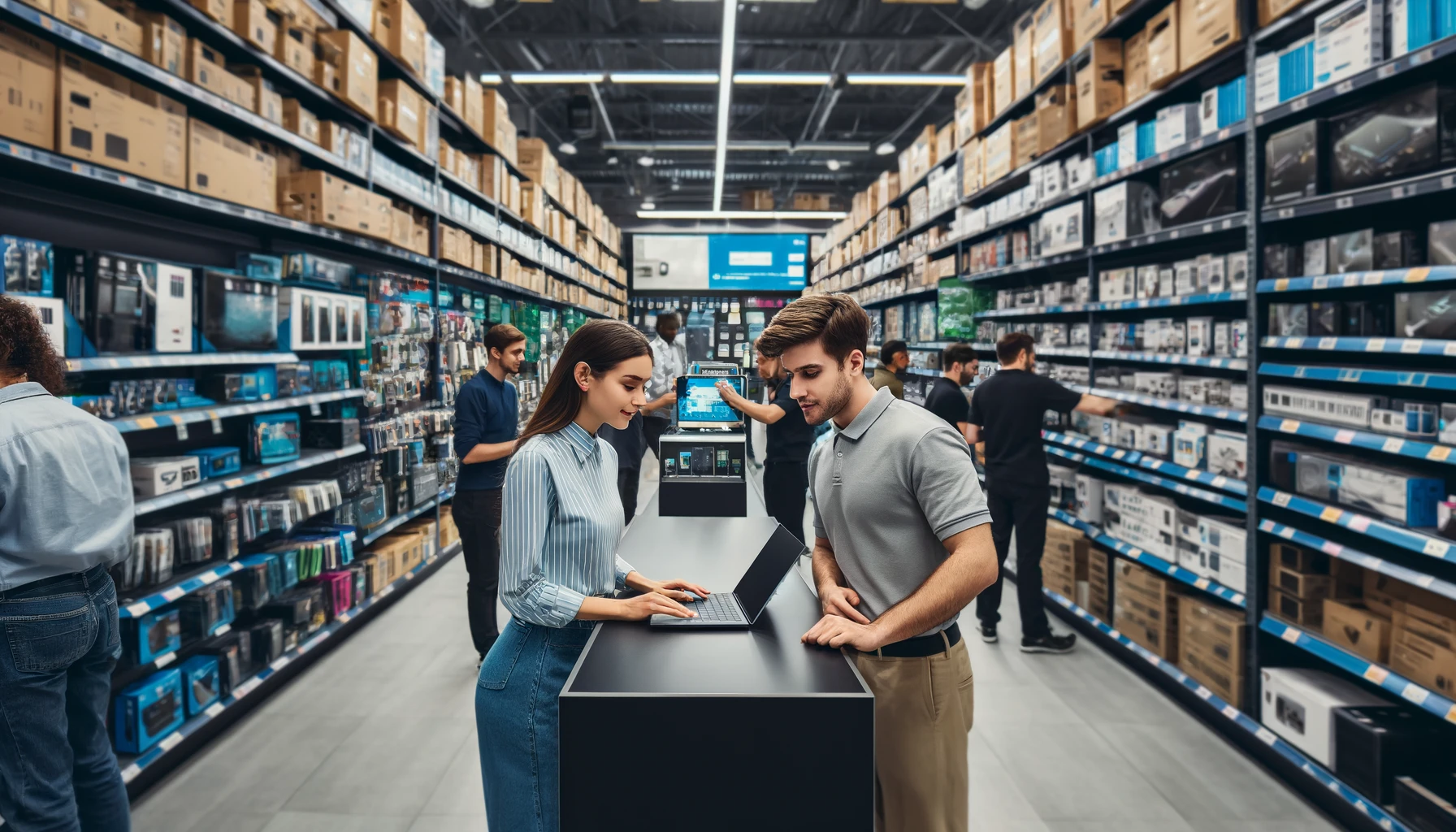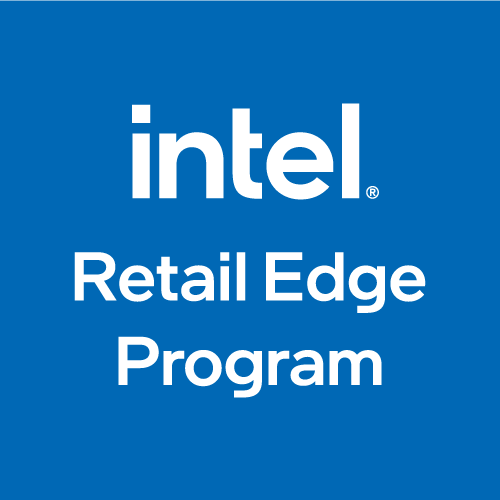4/16/24

The report offers insights into bridging this gap to elevate customer satisfaction.
1. Prioritizing Speed and Convenience
Both speed and convenience top the list of customer preferences and influence their loyalty and buying decisions. Integrate technologies that enhance these elements rather than those that are just innovative.
2. Ensuring Consistency and Friendliness
Seamless service across various platforms ensures a reliable customer experience that boosts confidence in the brand. A warm, human touch in interactions remains a critical and central component of customer satisfaction.
3. Valuing Human Over Automation Interactions
Despite the rapid technology advancements, there is a strong customer preference for human interaction. Businesses should balance automation with easily accessible human support.
Willingness to Pay More for Positive Experiences
Customers are willing to pay up to a 16% premium on products and services that offer a superior experience. On the other hand, a single negative experience can drive away one-third of customers, even if they previously loved your brand.
Importance of Employee Engagement
Engaged, empowered, and knowledgeable employees are essential as they drive the customer experience. Training and appropriate tech tools should be provided to employees to help them deliver excellent service and shopping experiences. The employee experience has a direct impact on the customer experience.
Acknowledging Generational Expectation
Different generations have unique expectations for customer experiences, shaped by their interactions with technology and media.
Leveraging Technology to Enhance Customer Experiences
While technology is integral to customer experiences, it should not replace the human aspect of customer interactions, particularly on the sales floor. Use technology to complement human interactions with your customers.
Realigning with Customer Desires
Businesses should prioritize the aspects of customer experience that truly matter to consumers, such as knowledgeable sales staff, practicality, and service efficiency.
The Importance of Data and Personalization
While customers are cautious about sharing personal data, they are more open to it if it significantly improves the service they receive.
Fostering Trust and Satisfaction
Trust plays a significant role in customer interactions and brand endorsement. Superior customer experiences lead to increased loyalty and advocacy, which are vital for sustained success.
PwC's report (download here) emphasizes how important speed, convenience, consistency, friendliness, and personal interaction are when focusing on the customer. Businesses must adjust their strategies to meet changing needs, close the gap in customer experience, and improve loyalty and sales.
The right experience is crucial. A positive customer experience makes people feel valued and acknowledged. It removes obstacles, increases efficiency, and keeps the human touch. The Intel® Retail Edge Program is essential for PC retailers looking to improve their customer service, employee experience and expertise, customer loyalty, and brand awareness.
Key benefits of the Program include:
The Intel® Retail Edge Program supports retailers in adapting to a more personalized and humanized customer service approach. This is increasingly essential in a time when customer expectations are continuously advancing. By providing employees with the necessary tools and knowledge, the Program helps close the existing experience gap and drive growth in customer loyalty and store revenue.
Get more information about the Intel® Retail Edge Program today!
Notices and Disclaimers
© Intel Corporation. Intel, the Intel logo, and other Intel marks are trademarks of Intel Corporation or its subsidiaries. Other names and brands may be claimed as the property of others.
